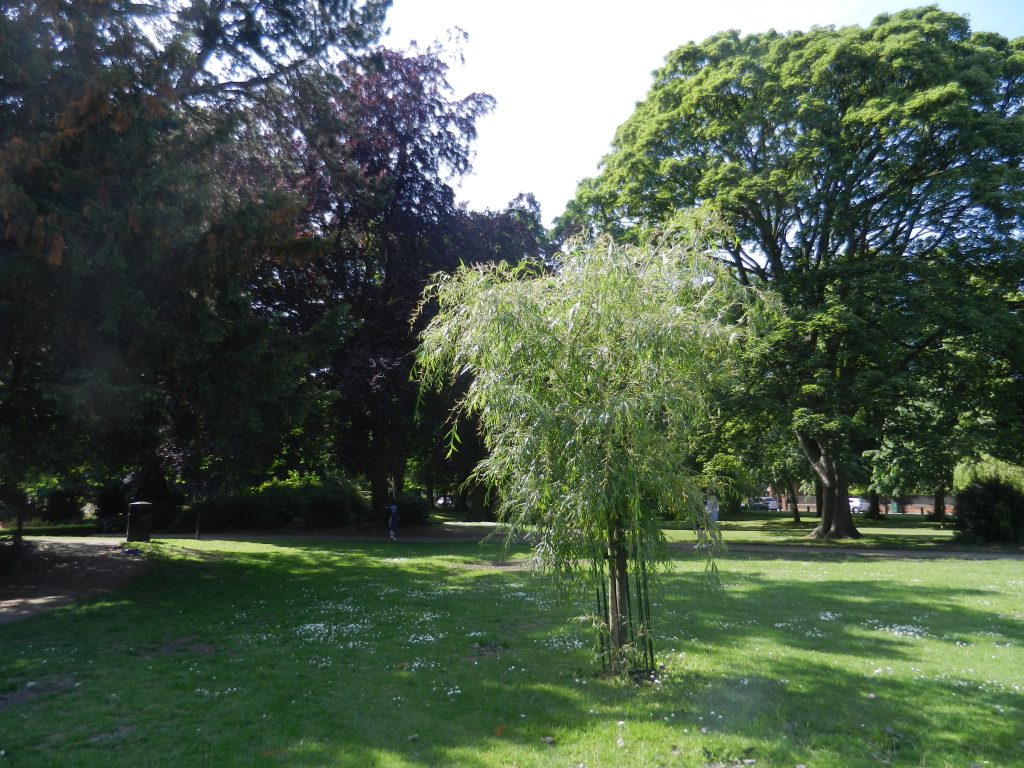
Any regular reader, and I thank you if you are, will realise that continuity with this section has been a struggle, not that there is anything wrong with the theme its just that I have struggled for ideas other than just sounding like extracts from the Collins Book of Trees. So I will conclude this section here and maybe return sometime with more ideas.
One thought that comes to mind is to wonder about the logistics of obtaining young trees for planting by the main tree-planting agencies over the last 300 year or so. By ‘agencies’ I mean (i) those who created landscaped private parks in the 18th century, (ii) landowners who planted a deciduous tree every 30-50 yards in the new hedgerows created by Parliamentary Enclosure (these so dramatically lost to ‘food security’ policies by the Common Market and national government in the 1950s and ’60s, springboard for agribusiness to devastate the English Countryside), local authorities when creating municipal parks and wooded municipal cemeteries and government agencies such as the Forestry Commission.
Certainly the last of the four, and some of the first will have propagated their own trees from seed or grafted saplings, possibly even some local authorities may have done the same at their horticultural nurseries. But landowners, most local authorities and most park owners would have bought young trees to plant. Which tree nursery/ies did they buy them from, what were the costs, how were they transported to site etc.. It would be interesting to come across some relevant primary evidence.
Obviously, transport options would depend on when the young trees were being bought, the later the date the less dependent the customer would need to be on local supplies. Cost would vary according to the age of the young trees, each additional year of growth at the suppliers would increase the cost, so the economic decision would be what age young trees can we afford given that the older they were the quicker they were likely to grow. Just as today two further options would exist; bare root or rooted in a container, the latter the more expensive.
Hull City Council claims that the native trees to be planted in the re-configurated Queens Gardens will be substantial young trees already, therefore the cost of individual trees is likely to run to three figures or more. The project remains controversial, the outcome in the melting pot.